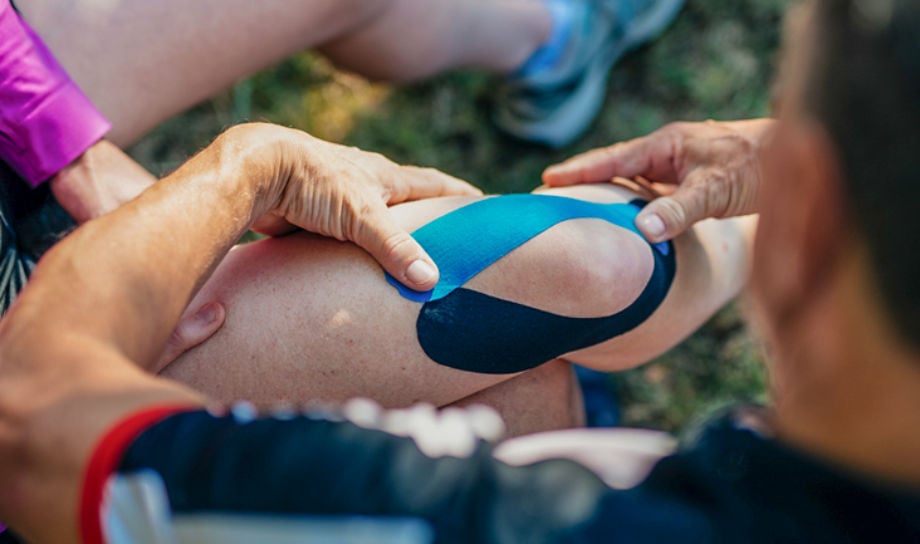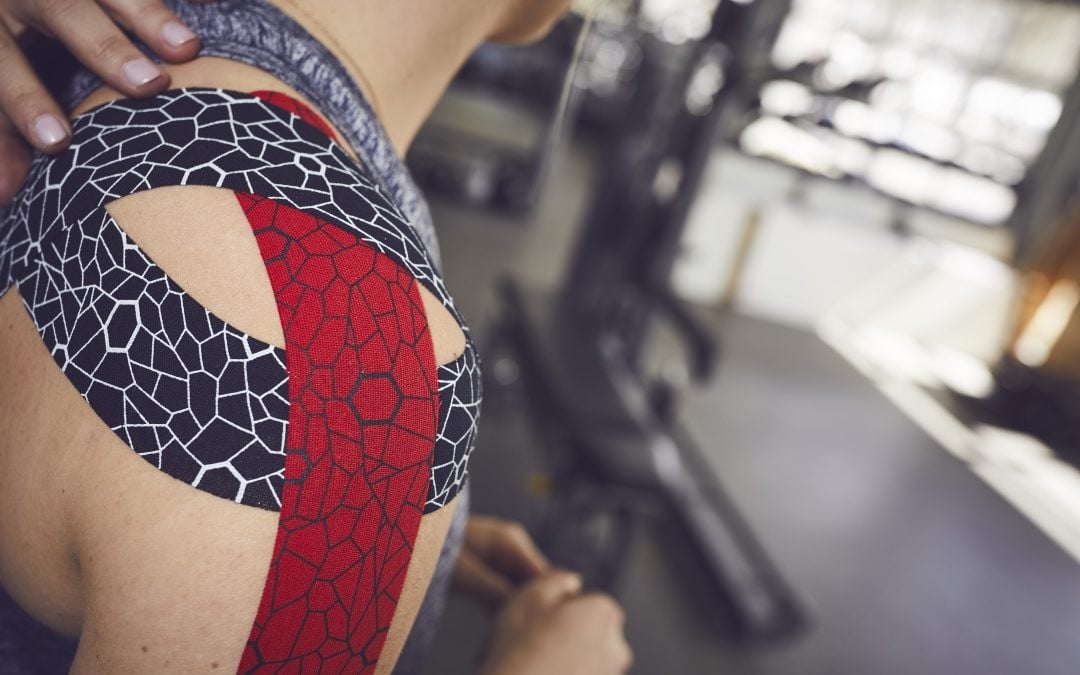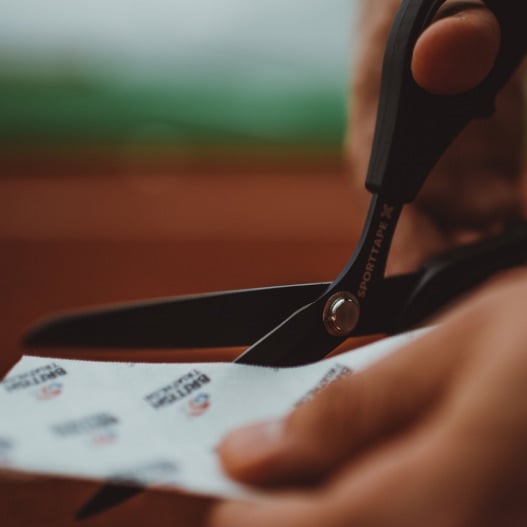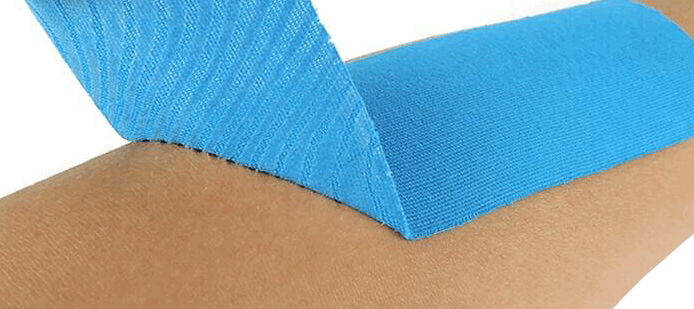How to apply Kinesiology tape so it actually works.
And remove it without pain


Remember learning how K-tape works? It’s super-stretchy nature and what that is best used for? (assistance over stability). When NOT to use kinesiology tape? And how it IS NOT A QUICK FIX OR PERMANENT SOLUTION TO A YOUR PROBLEMS?
Good! Now we head onto how to apply it, because yes, technique matters!
Firstly, check the brand you have bought, whilst most major brands are latex-free and hypoallergenic, you can never be too sure with allergens. And consult with a physical therapist who is trained in the proper application of kinesiology tape before trying to tackle it yourself.
Ultimately there are so many different ways to apply the tape that will differ from person to person, injury to injury, goal to goal. So best to seek someone out for specific advice on you and your body. But should you need a little reminder here we go:


Video: golden rules of K-tape


Remember the adhesive glue will last several workout sessions and showers so there is no harm in leaving it on until it starts to come off by itself. However it might need a little hand to get off without any pain or breaking skin, here’s how:
Tape removal videos:
Strength tape
KT tape


I mention a lot that this tape, any tape for that matter is NOT a quick fix or permanent solution, and becoming reliant on it is a cause for concern. So how do you ‘come off’ kinesiology tape reliance?
It’s easy to become reliant, after completing your injury rehabilitation, mentally you may feel unsafe without it (don’t worry, I’ve been there too) so training your mind and body to trust the fact: the tape is gone for good reason, because you are strong enough now, some tips on how you can start to wean yourself off it:





